Sciences
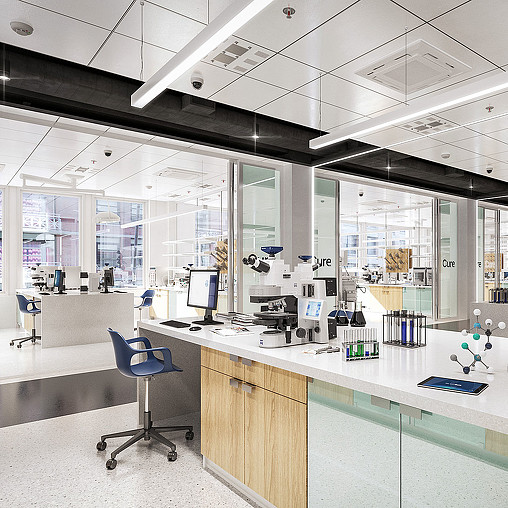
Deerfield Headquarters and CURE. Innovation Campus
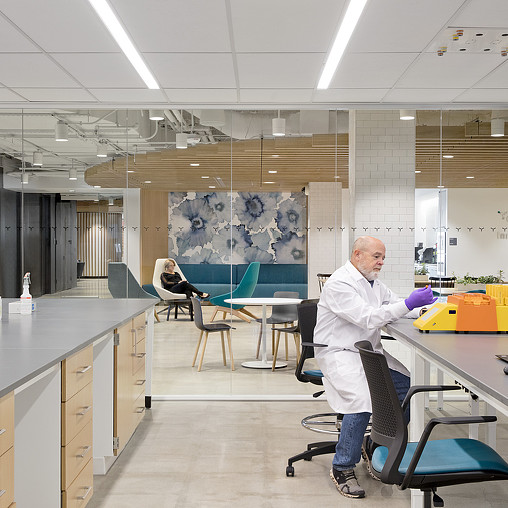
Genmab
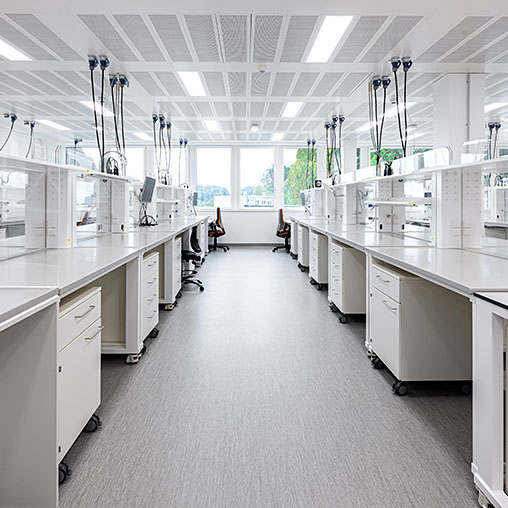
Confidential Pharmaceutical Company

3151 Market Street
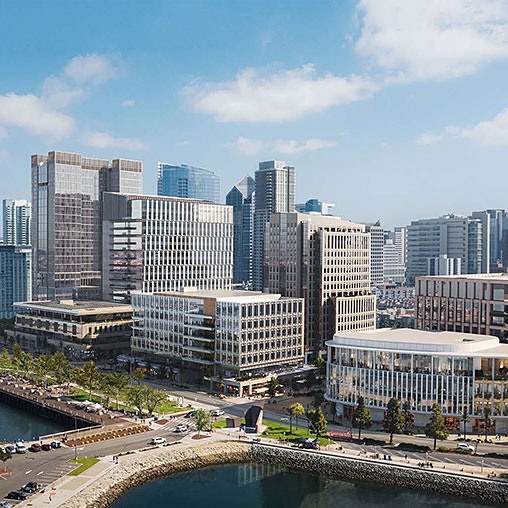
IQHQ Research and Development District (RaDD)
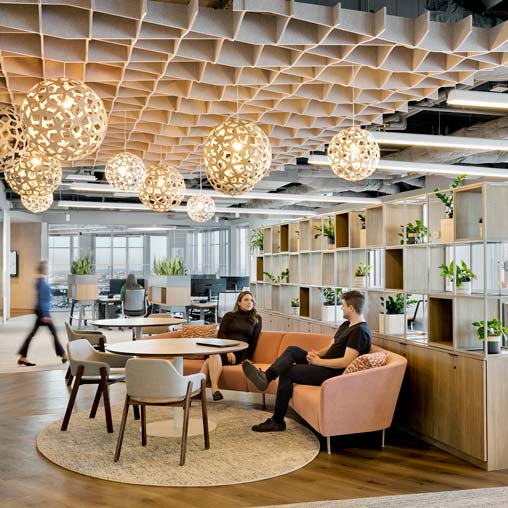
Organon
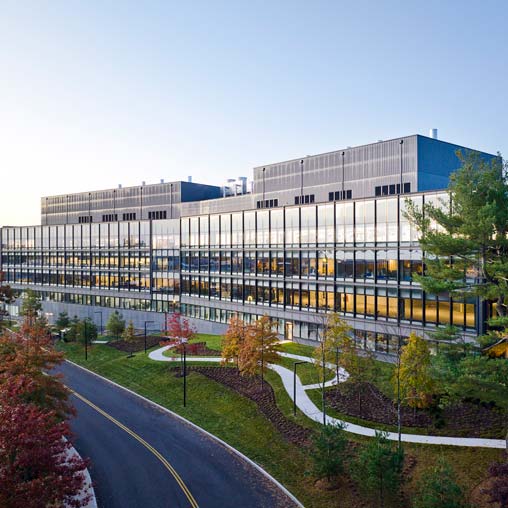
225 Wyman
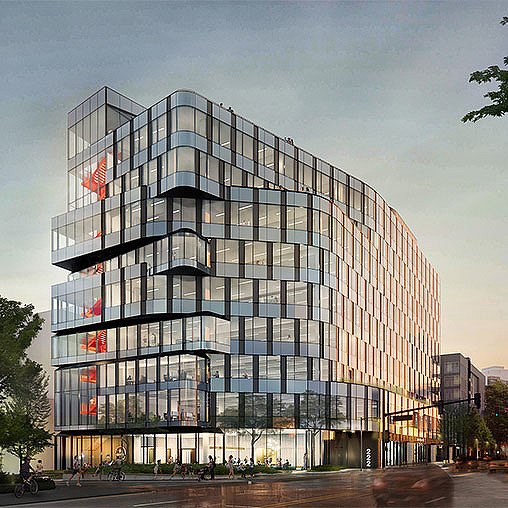
222 5th Ave N
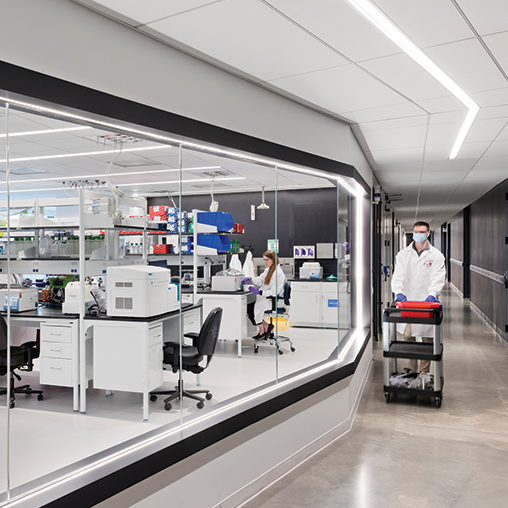
ElevateBio
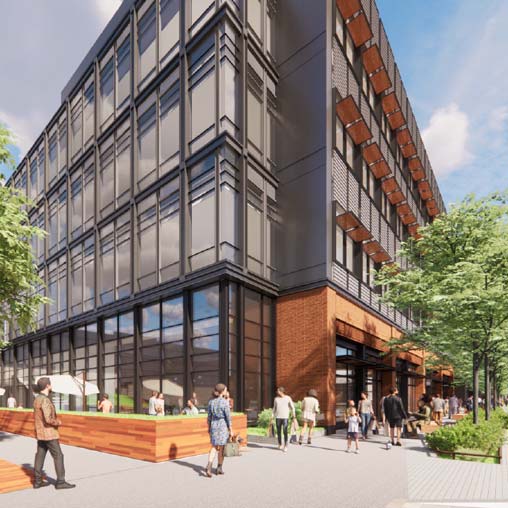
100 Chestnut

eleven50
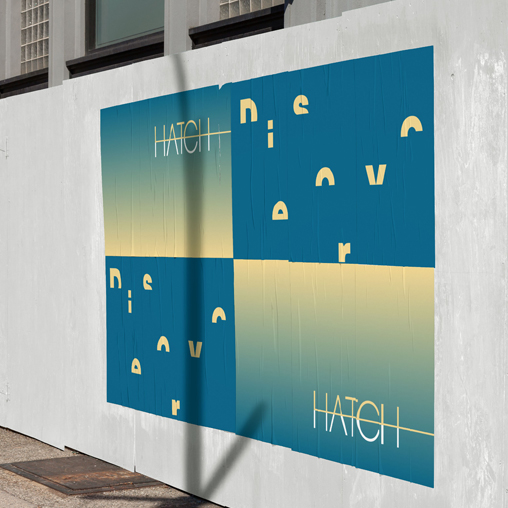
Hatch by Longfellow
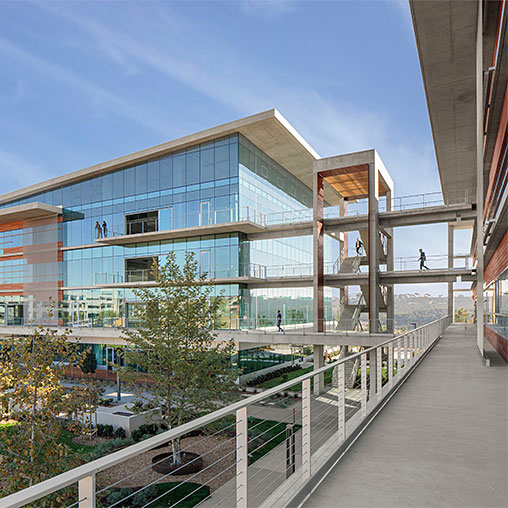
Aperture Del Mar
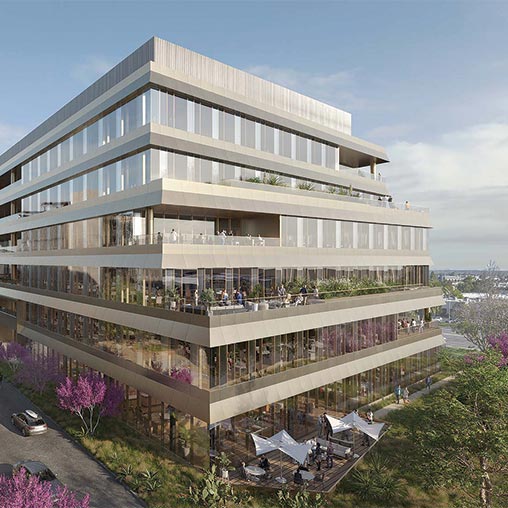
Pacific Center
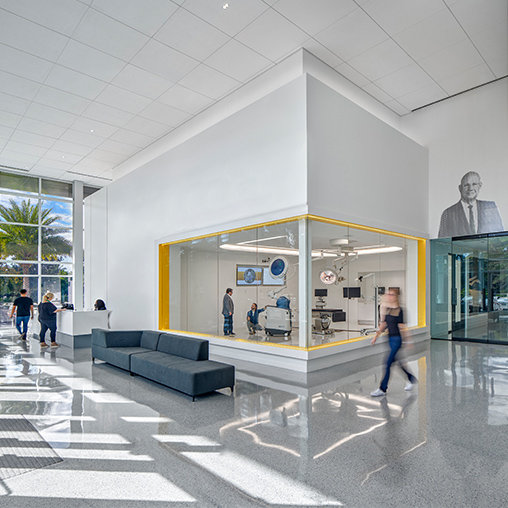
Confidential Sciences Robotics Site
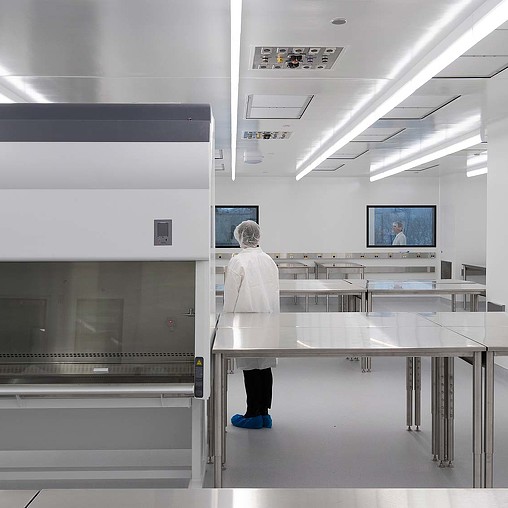
Celularity
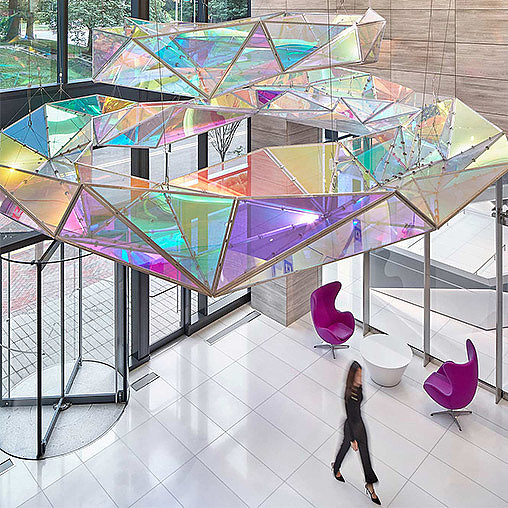
Leidos Global Headquarters
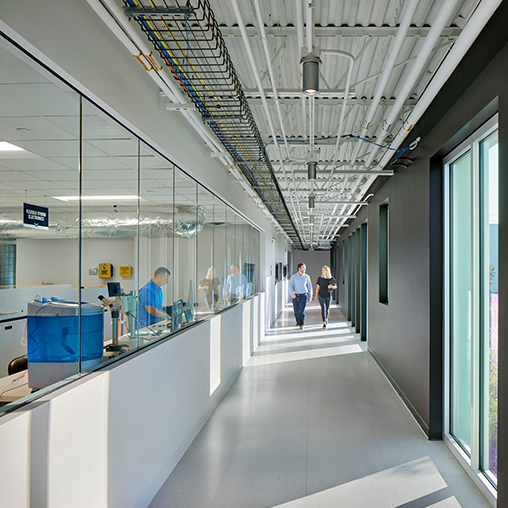
Jabil Innovation Center
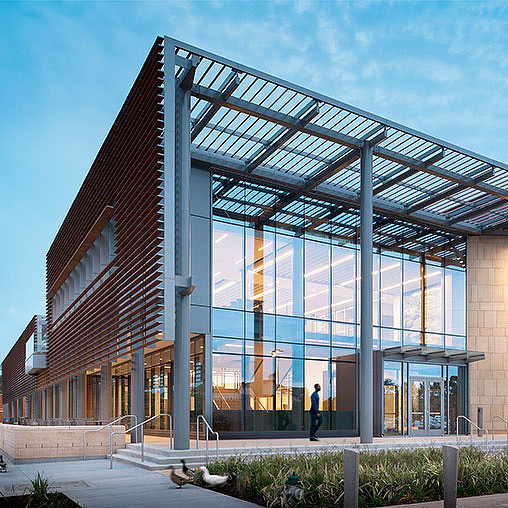
Lamar University Science and Technology Building
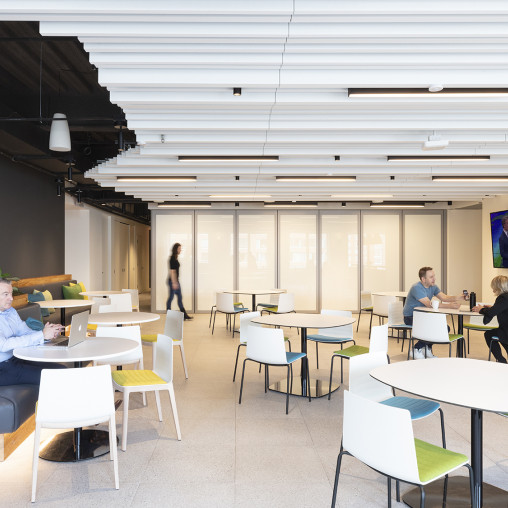
IQVIA
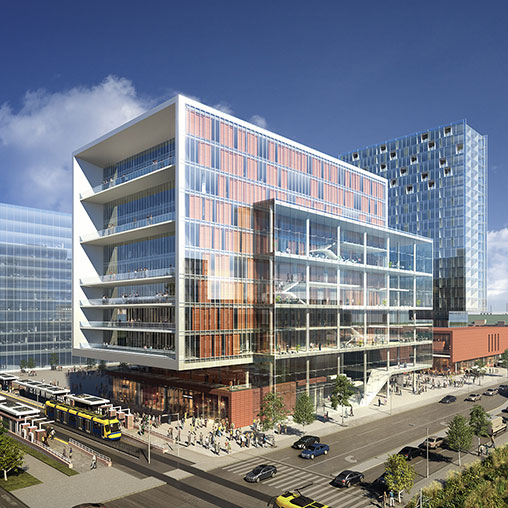
2407 University Avenue Mixed Use
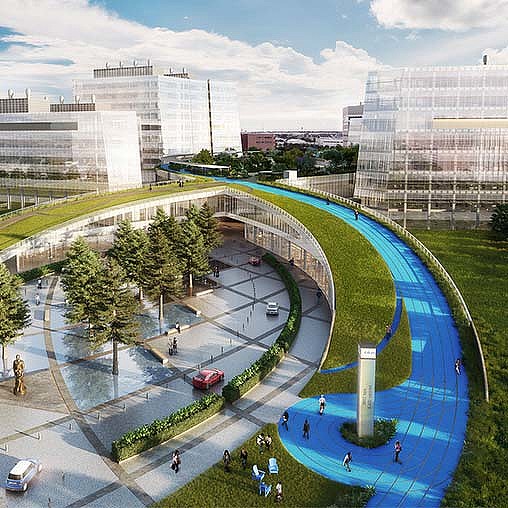
TMC3 Translational Research Campus
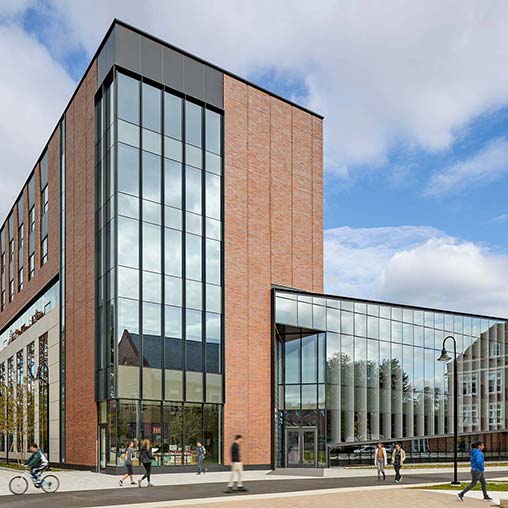
WPI Innovation Studio and Messenger Residence Hall
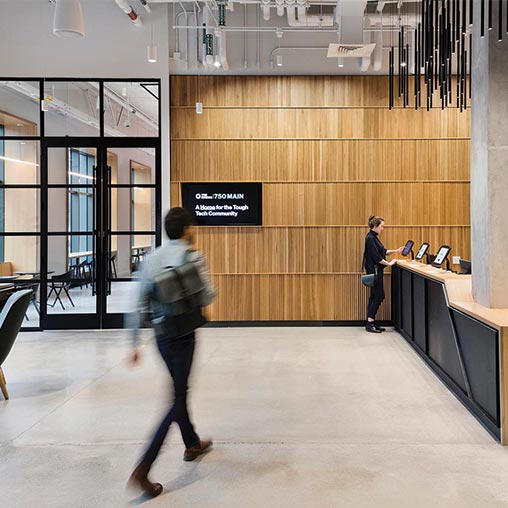
The Engine at MIT

Center for Device Innovation @ TMC
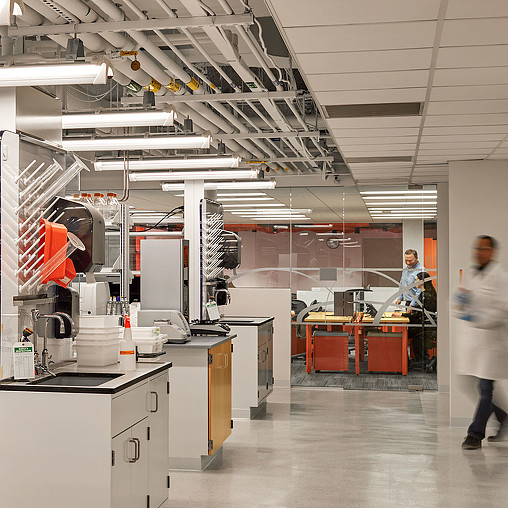
LabCentral
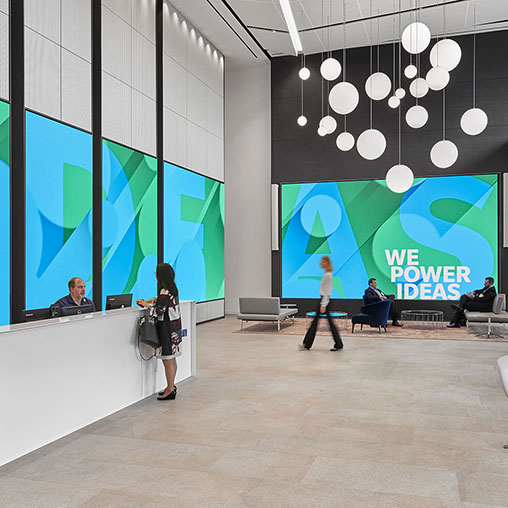
Allergan
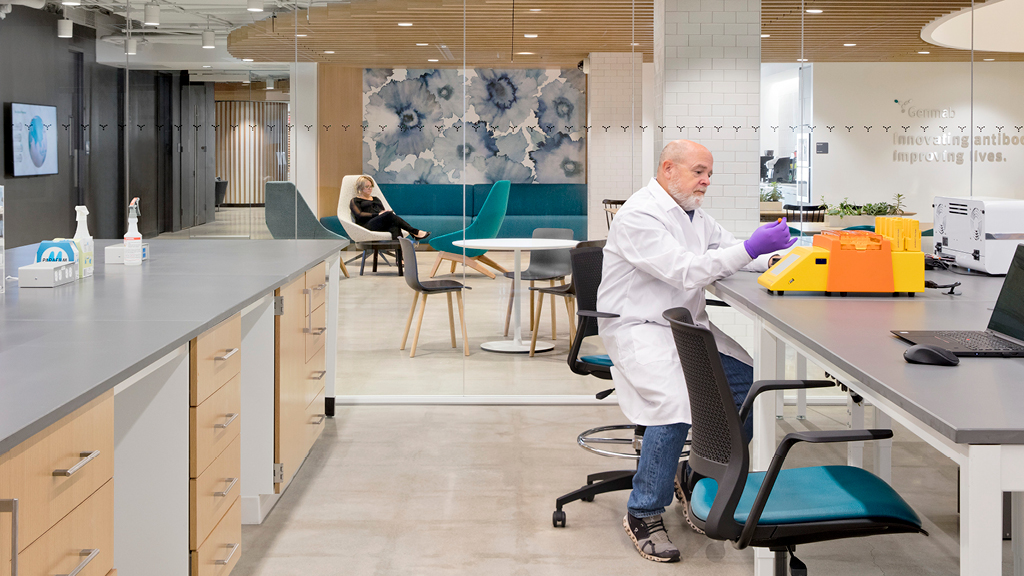
U.S. Laboratory Research Scientist Survey 2023
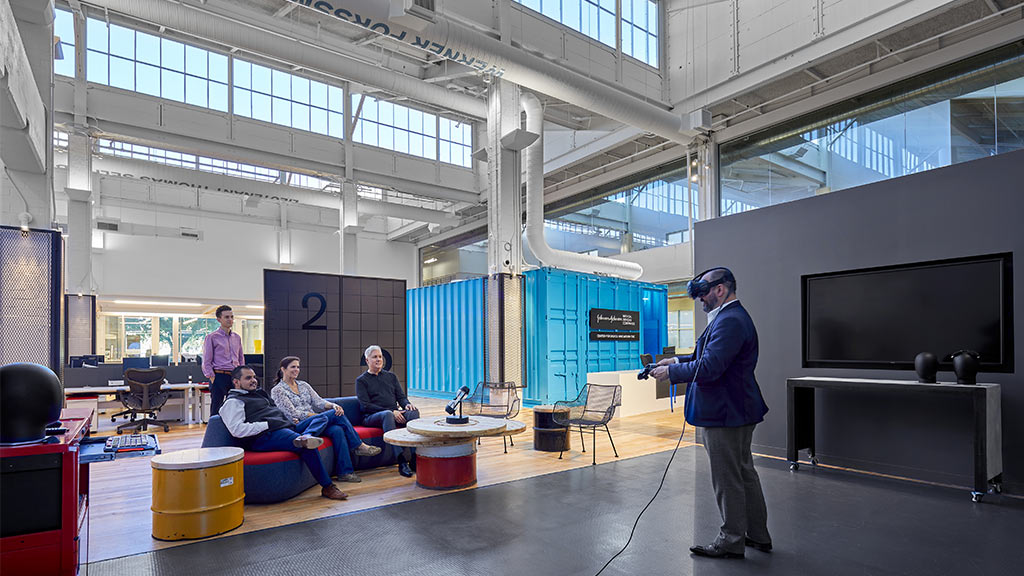
The Benefits of Repurposing Stranded Assets as First-Generation Labs
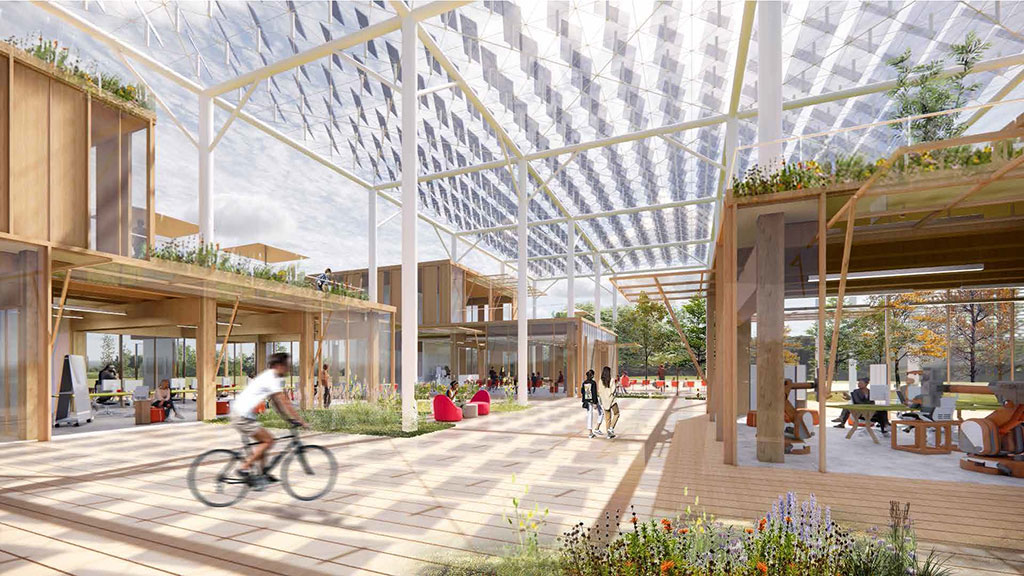
Fast.Forward.: A New Model for Academic Science Facilities

Designing for the Convergence of Science at The Engine
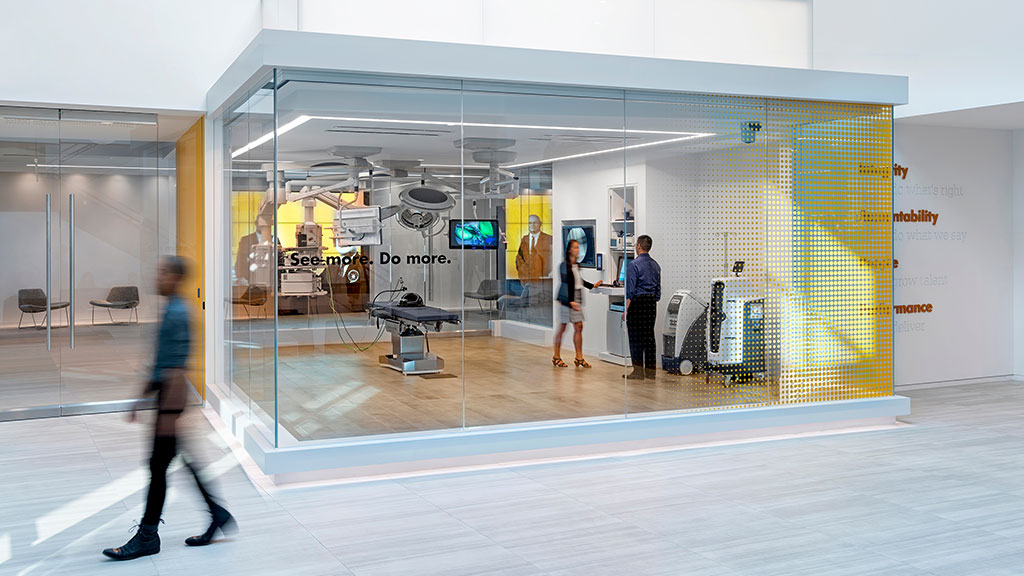
The Benefits of Nurturing Organizational Pride in Life Science Workplaces
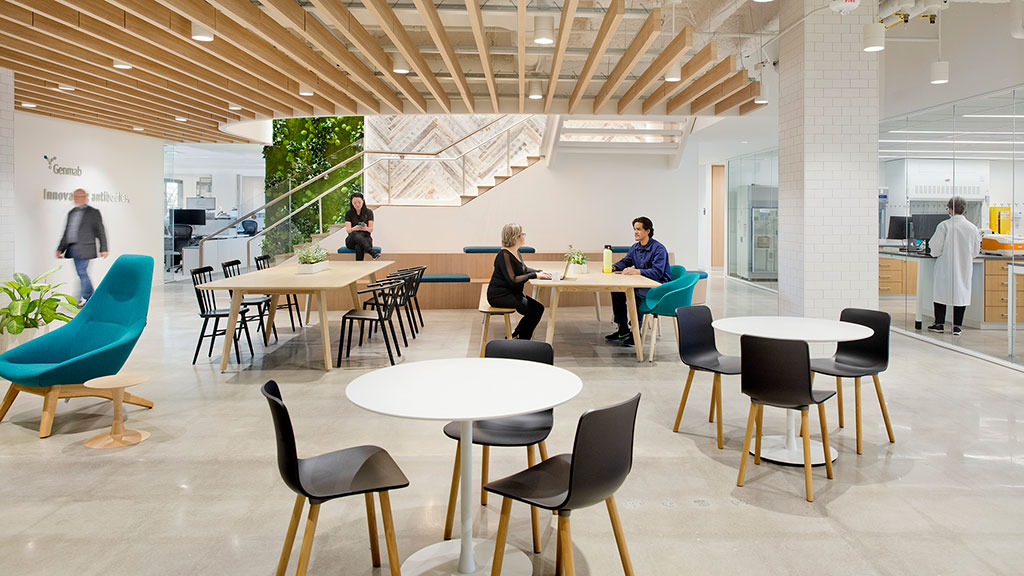
5 Strategies for Labs to Meet ESG Targets
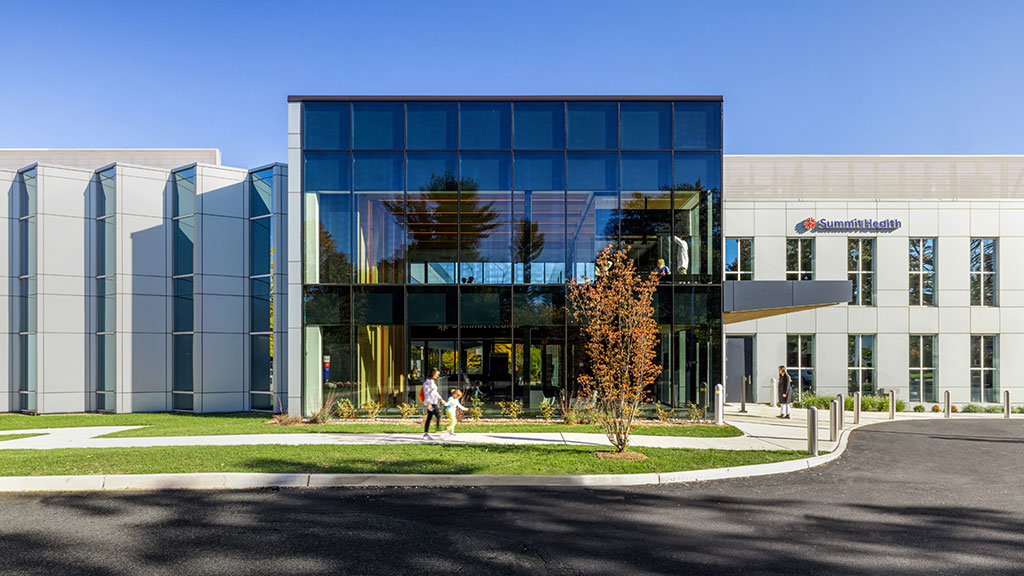
Resuscitating Buildings for Life Sciences and Healthcare
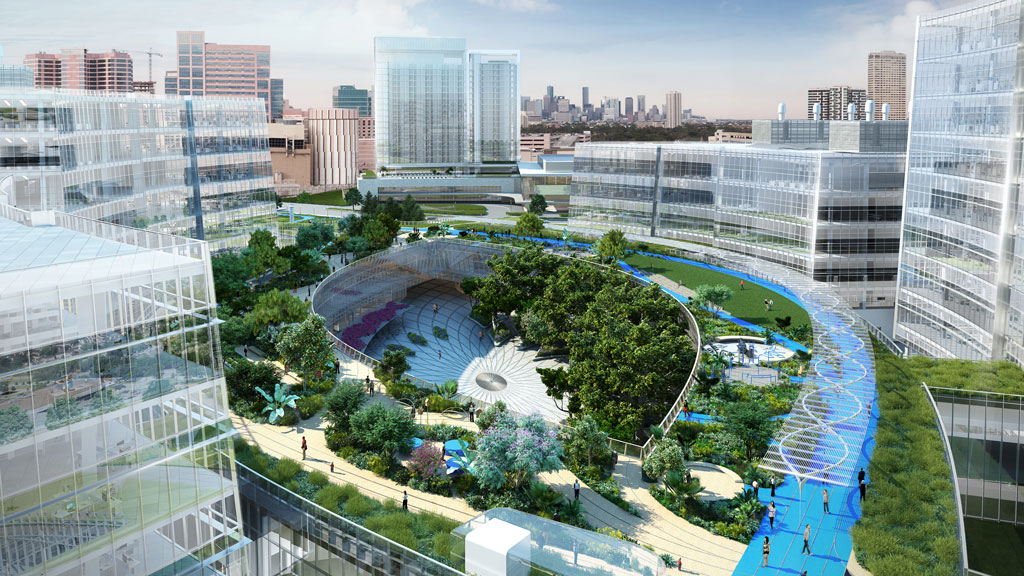
SHED: Connecting the Dots Between Education, Industry, and Technology
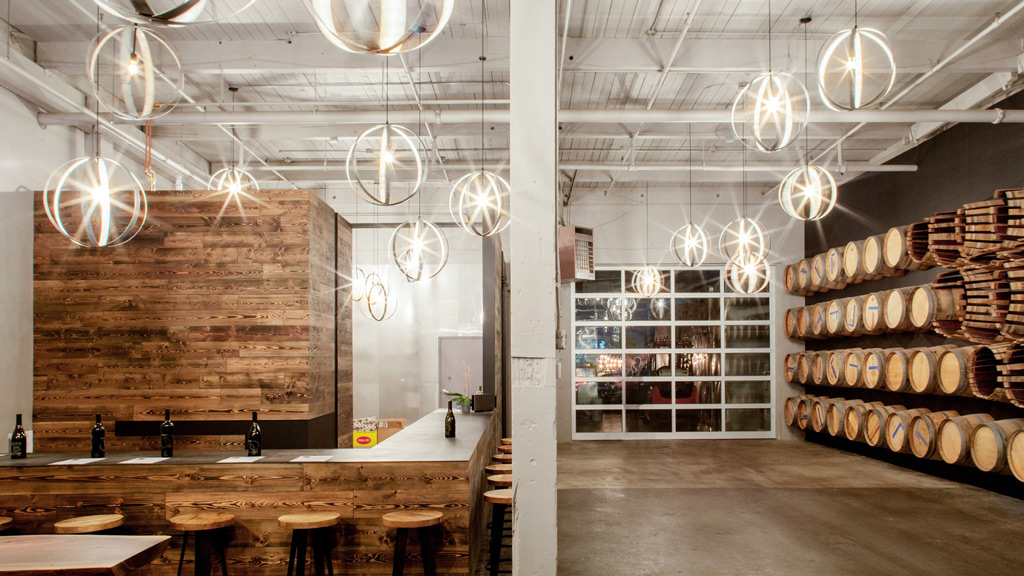
Implementing Science Research Lab Design Strategies in Wineries
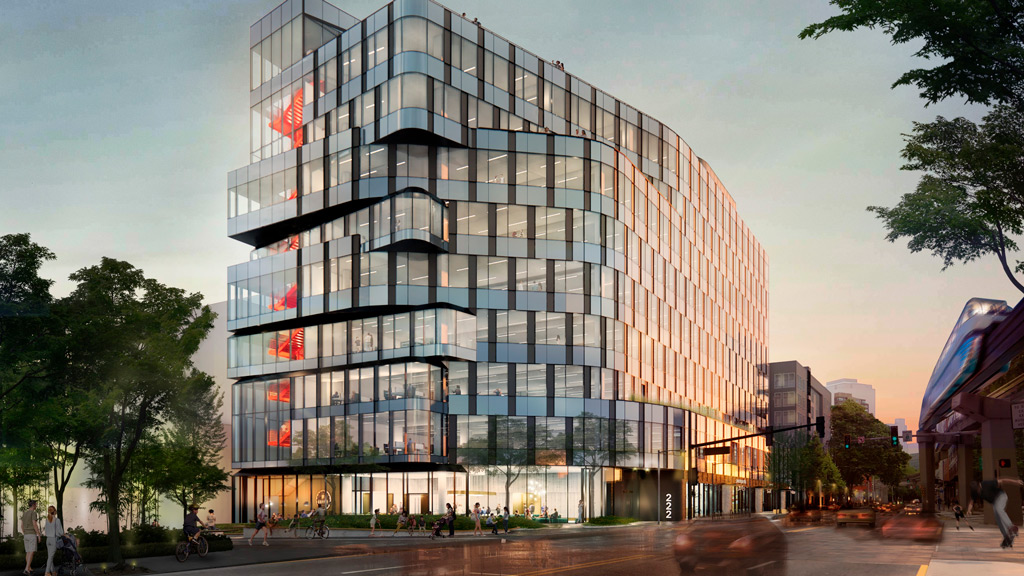
Trends to Watch: The Evolution of the Sciences Workplace
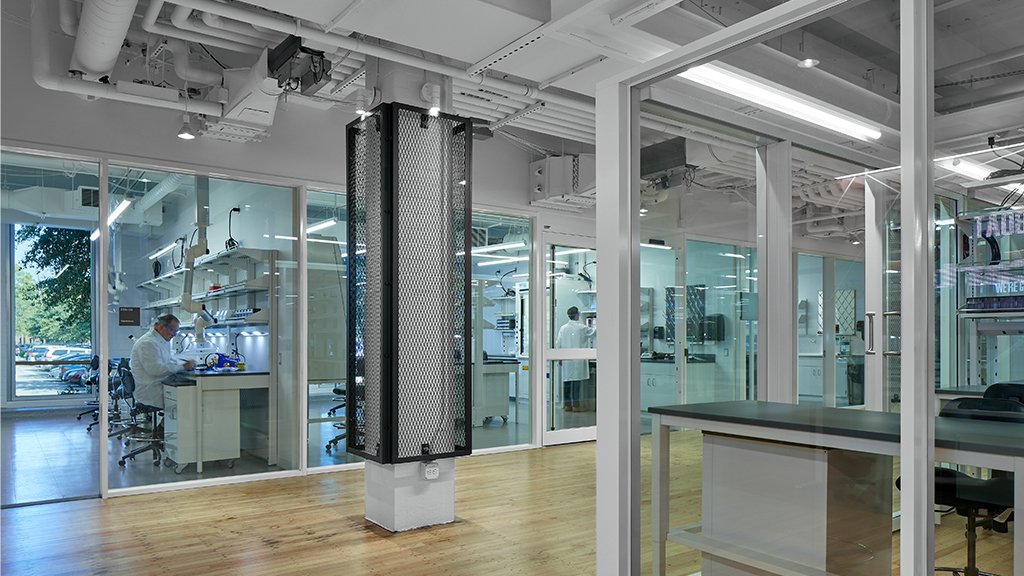
Labs and Sciences: Consider This for Adaptive Reuse
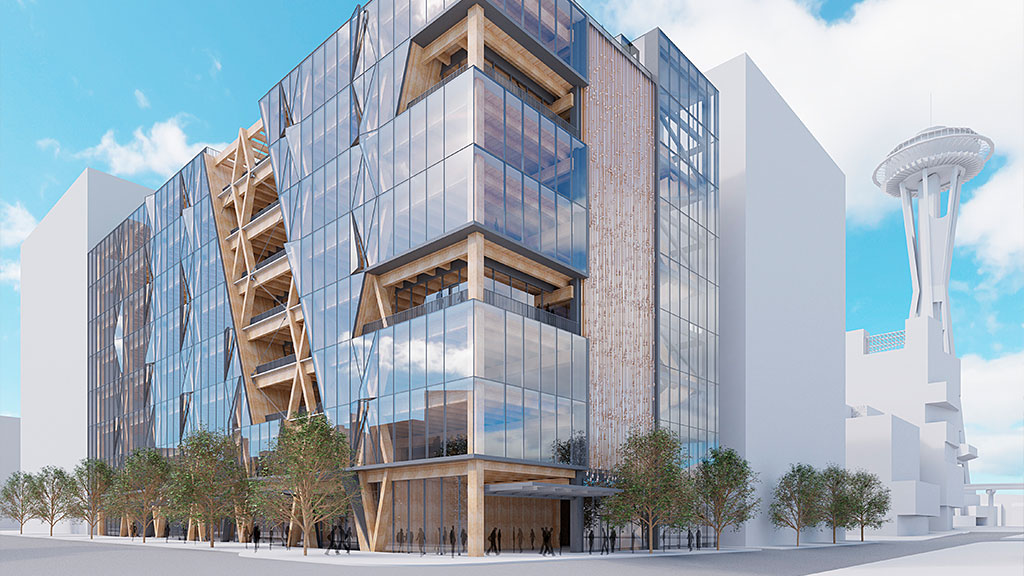
NEXT: Lab Building of the Future

The Lab Building of the Future is NEXT

Beyond the Lab Module: What Scientists Want From New-Age Lab Buildings

Five Considerations for the New Lab of the Future
Advances in AI, robotics, and other technologies require new collaboration spaces.
Technology such as AI, robotics, cloud labs, and quantum computing are helping scientists iterate faster, reproduce science more accurately, and rapidly process data. Collaborative-based work environments will become more valuable as the increasing complexity and volume of data require broader expertise and new ways of visualizing and processing data.
Scientific innovations will depend on multidisciplinary research.
As computing power increases through quantum technology, AI is required to help analyze and translate exponentially larger volume of data across scientific disciplines such as biology, chemistry, and engineering. Multidisciplinary approaches to scientific problems demand flexible spaces that support focus work, collaboration, and interaction among diverse disciplines.
Specialized, small-scale manufacturing can accelerate scientific innovation.
There is an increasing demand to locate pilot plant and bench-scale manufacturing closer to researchers to facilitate more effective collaboration. Instead of large warehouses focused on mass production, smaller-scale localized labs can target specific problems, which can rapidly iterate and prototype solutions, physically allowing scientists to troubleshoot and engage in-person with the target audience.
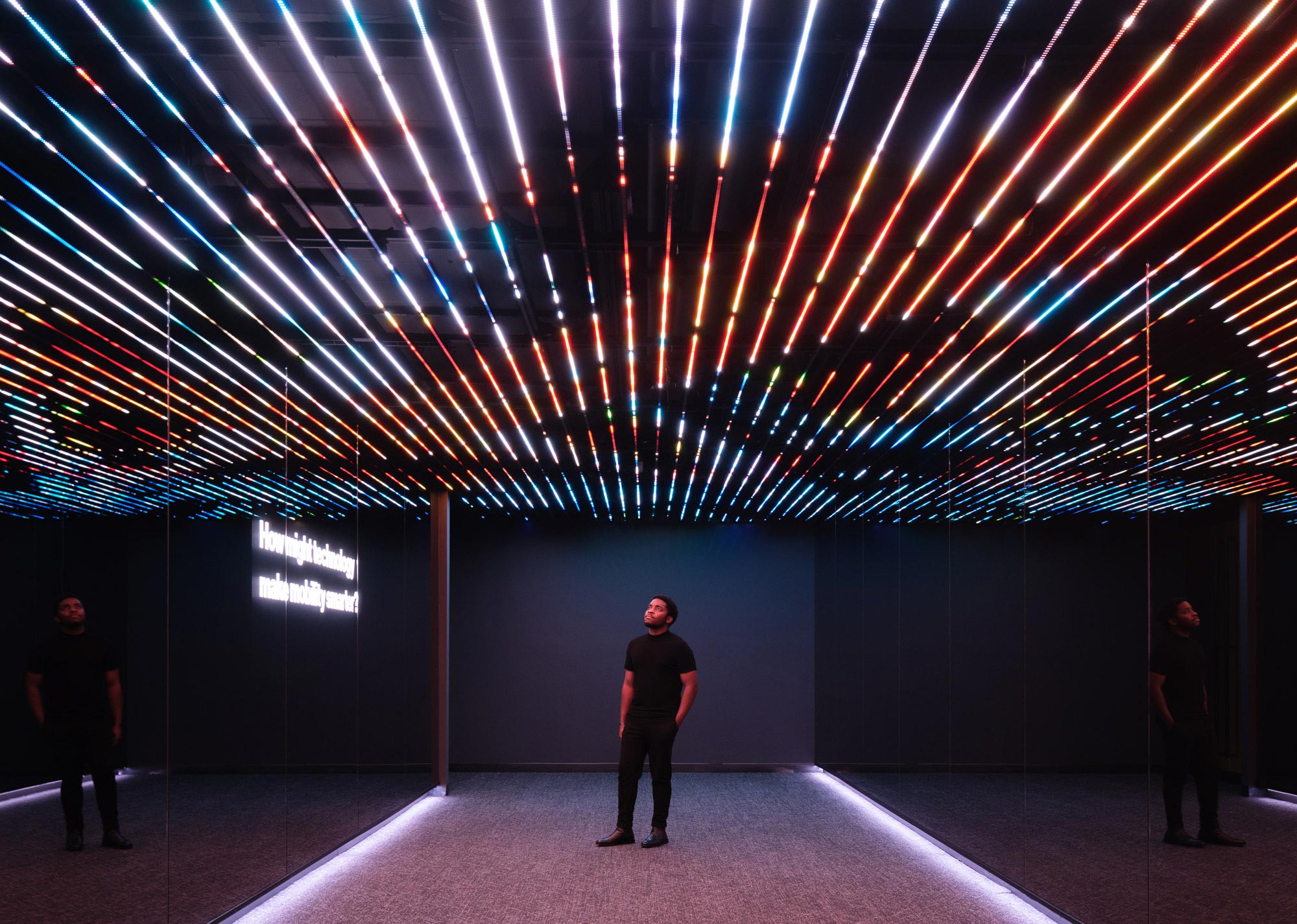
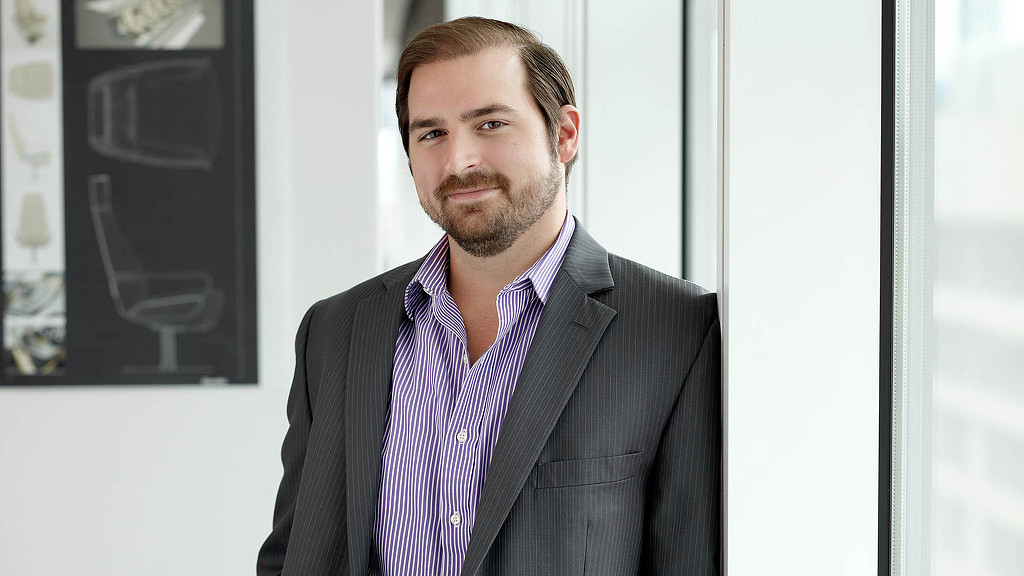
Justin Cratty
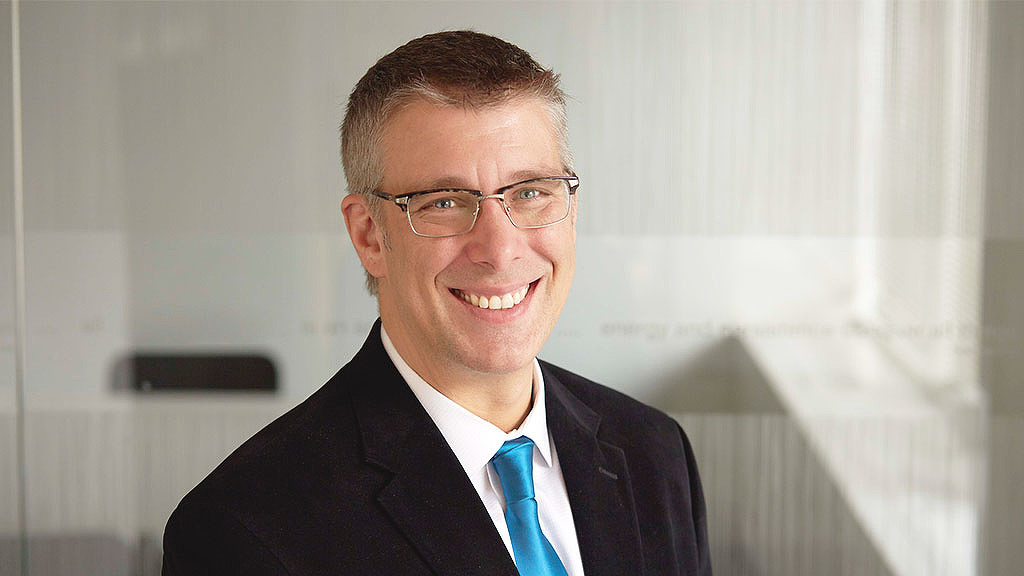
Erik Lustgarten
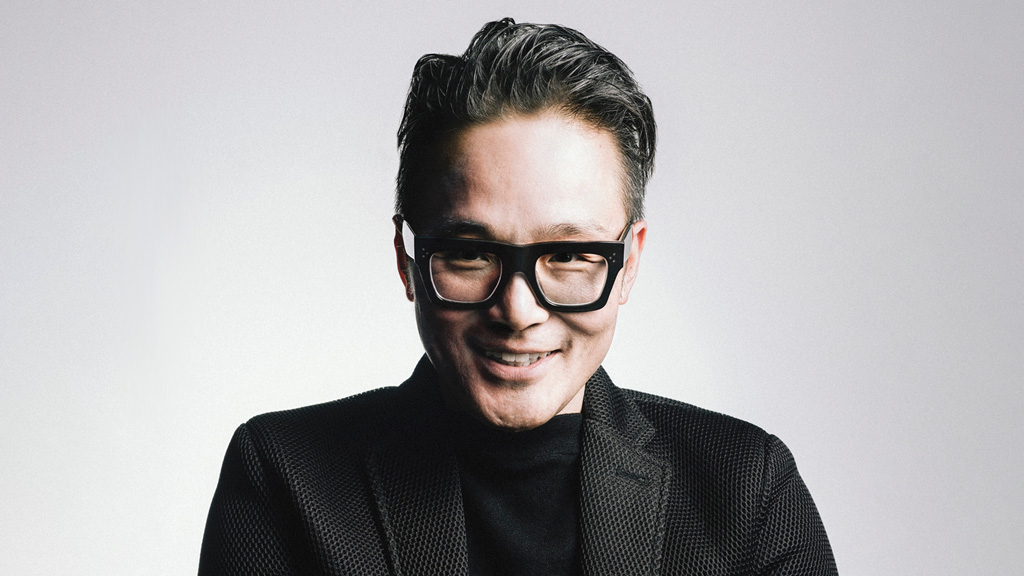
Chad Yoshinobu
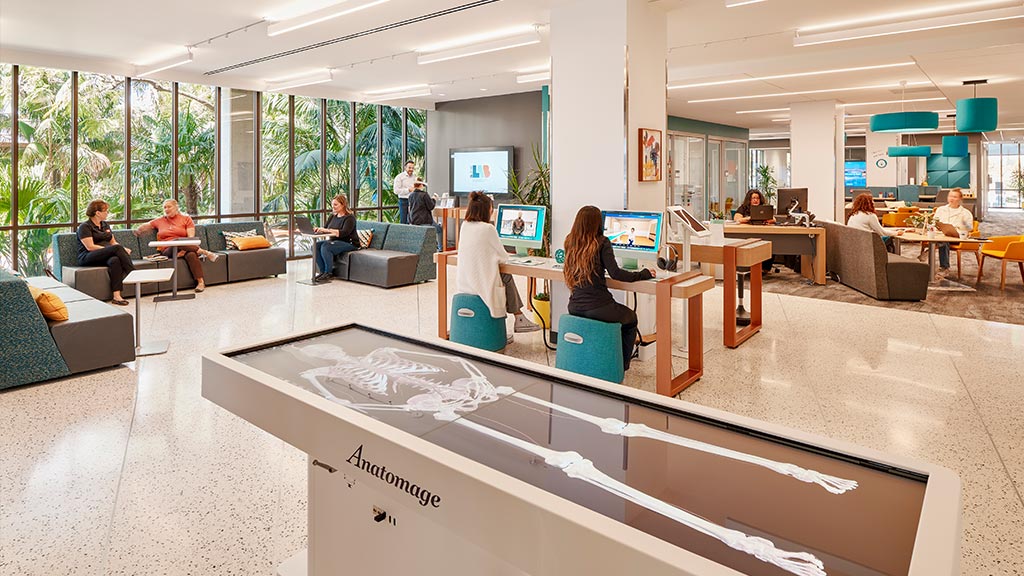
Gensler Ranked #1 on BD+C’s Top 100 Science and Technology Facility Architecture Firms List
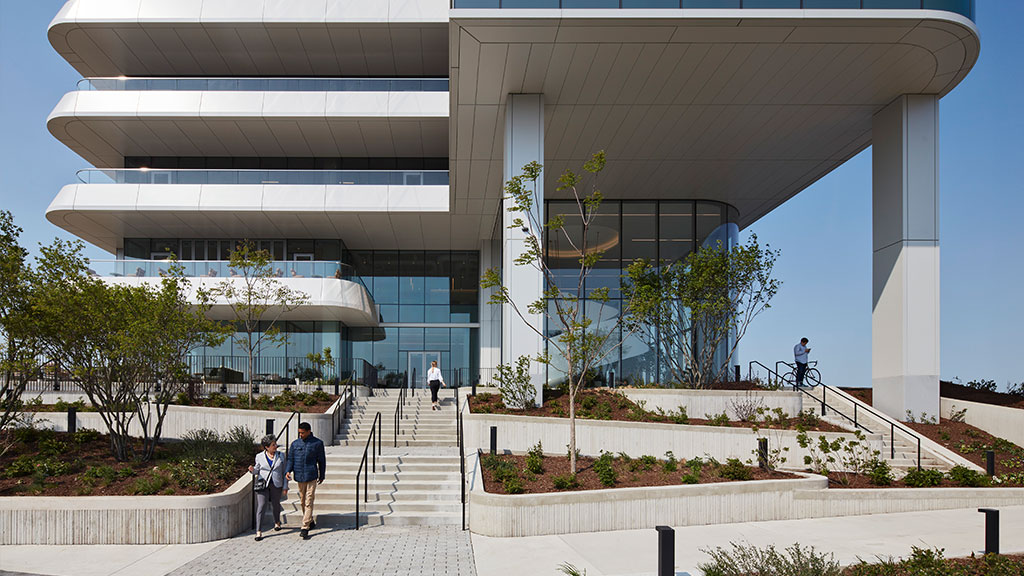
1229 W Concord Place Features Bird-Friendly Glass as a Hopeful Solution to Migratory Bird Deaths
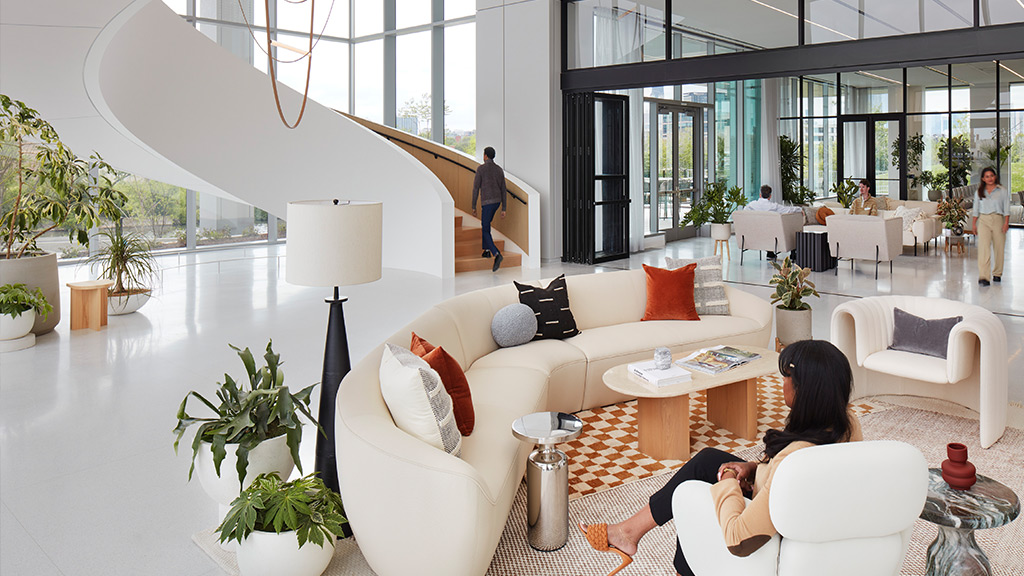
A Look Inside the Hospitality-Infused Life Sciences Building in Chicago’s Lincoln Yards
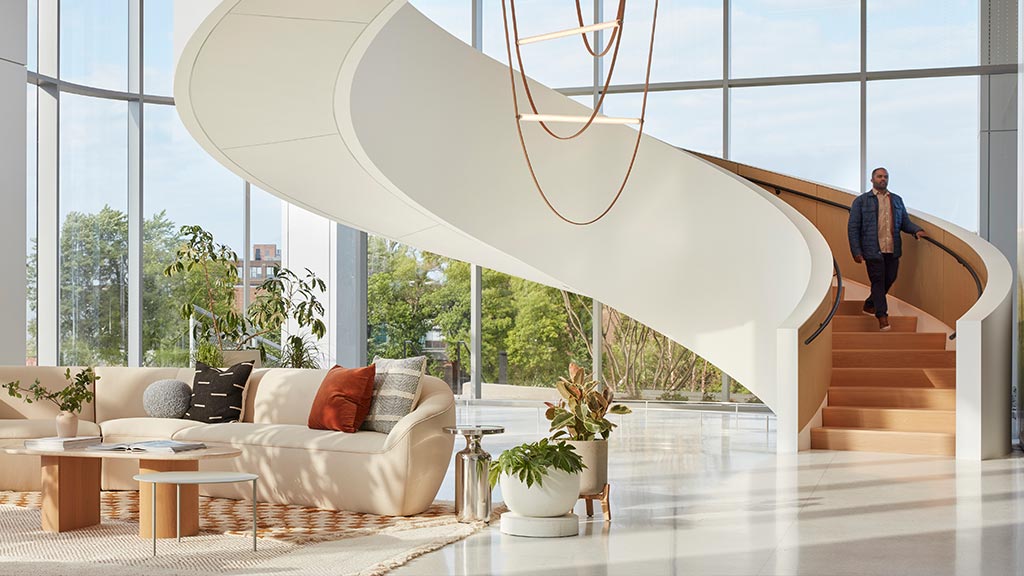
Chicago Science Lab Features Biophilic Design Principles and Hospitality-Inspired Amenities
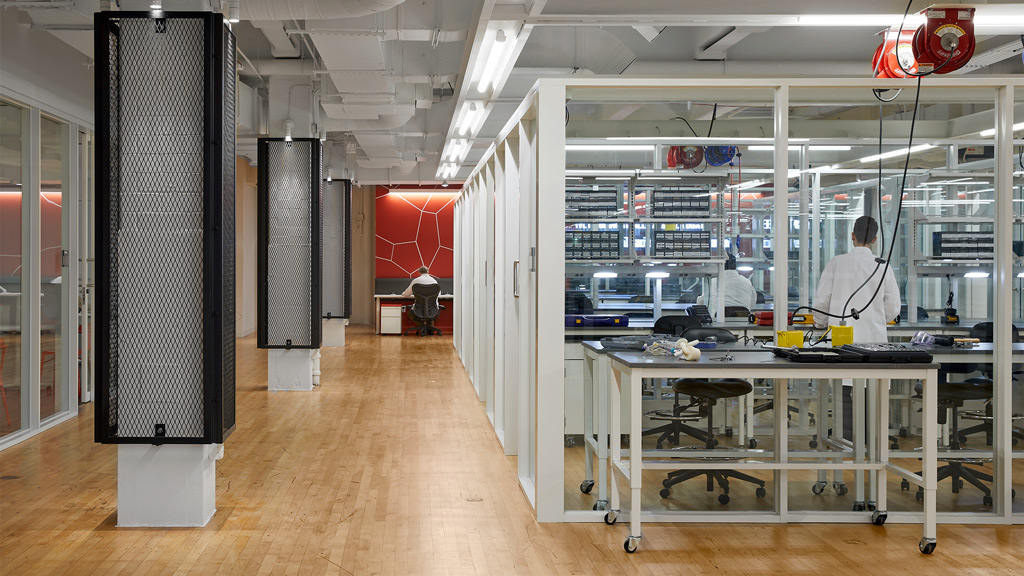
Urban Land Institute Examined the High Demand for Office-to-Life Science Building Conversions
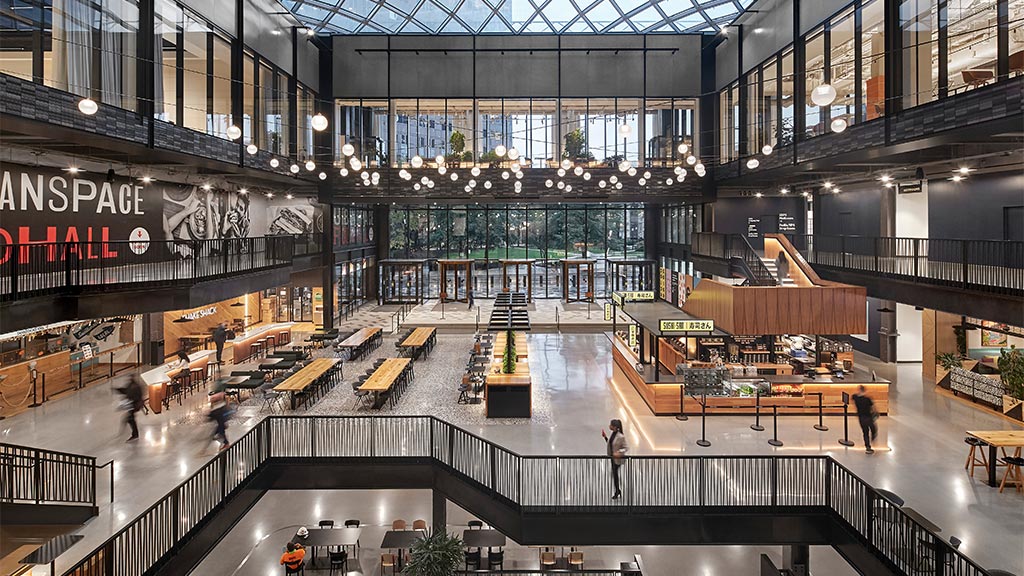
Building Design Ranked Gensler the #1 Firm on Its 2023 World Architecture 100 Survey
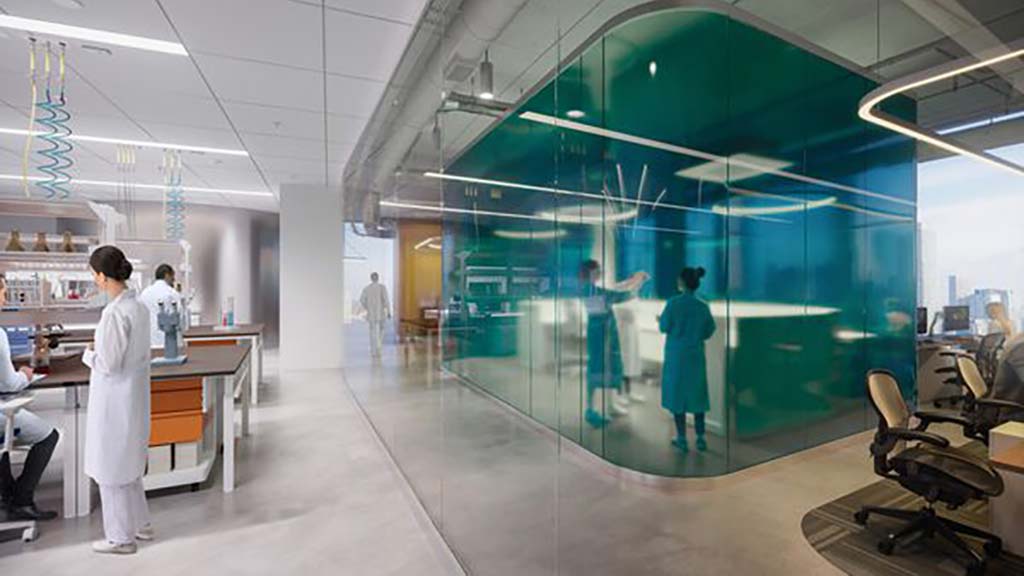
Meeting the Soaring Demand for Purpose-Built Life Science Labs
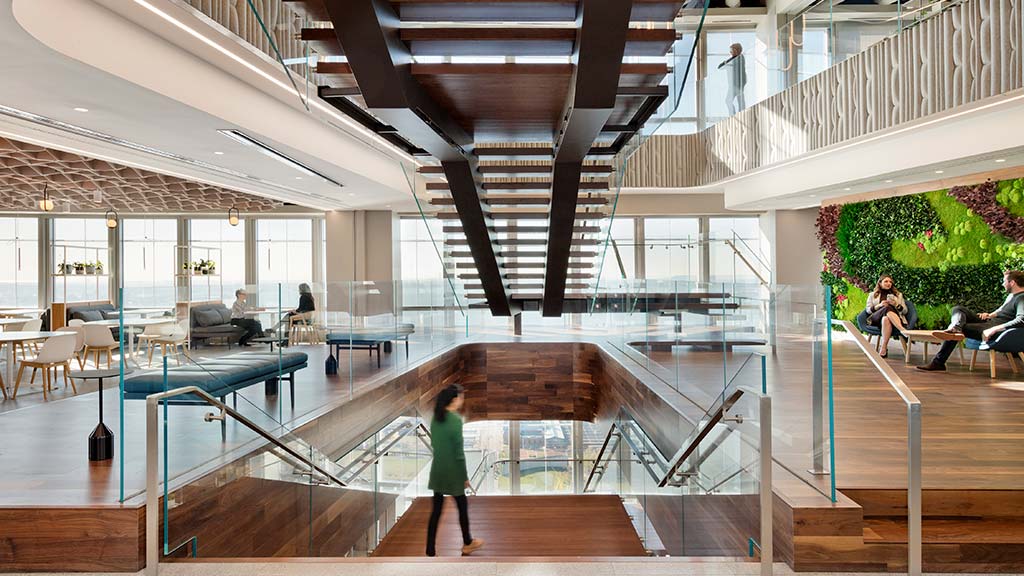
AIA Newark & Suburban 2022 Design Awards
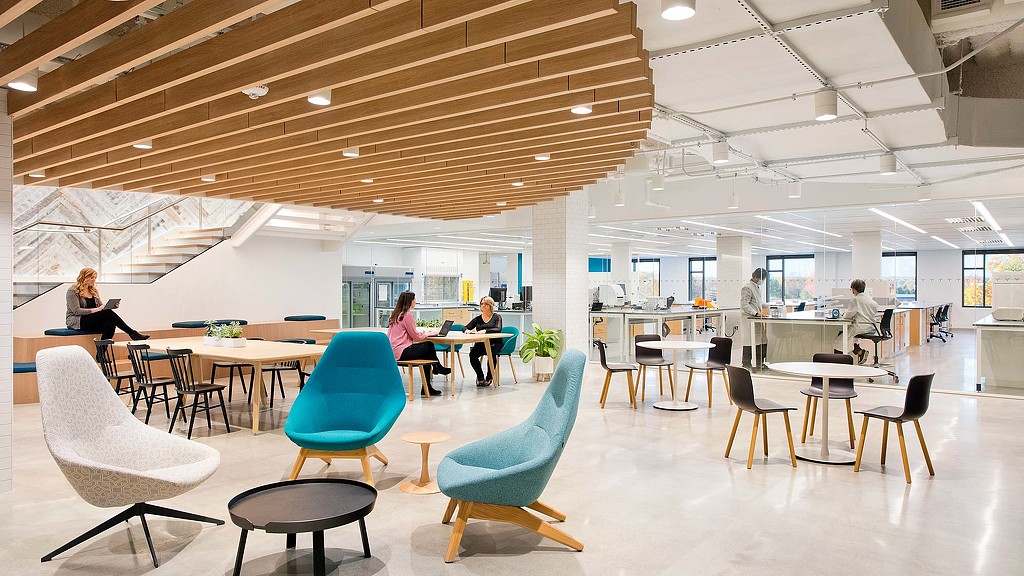
Gensler

225 Wyman St. Life Sciences Development Opens in Boston

Gensler Sciences Leader Chad Yoshinobu Discusses The Lab Building of the Future

Gensler Is Designing a New Life Sciences Campus in Montgomery County

Gensler’s Lab Building of the Future Envisions the Evolution of Science Workplaces

The NEXT Lab Building Maximizes Flexibility, Adaptability, and Wellness

Neurocrine Biosciences Will Occupy Four Buildings of Gensler-Designed Class A Life Science Campus
